TYPHA
Typha
L., Sp. Pl. 1: 971. 1753; Gen. Pl. 5: 924. 1754; Boiss., Fl. Or. 5: 49. 1884; Hook. f., Fl. Brit. Ind. 6: 448. 1894; Napper in Milne-Redhead & Polhill, Fl. Trop. E. Afr. (Typhaceae): 1. 1971; Hepper in Hutch. & Dalz., Fl. W. Trop. Afr. 3: 1. 1968; Cook in Tutin et al., Fl. Eur. 5: 275. 1980; Fl. China @ eFloras.org 23: 161; Fl. North Amer. @ eFloras.org vol. 22; Fl. Pak. @ eFloras.org p. 1
Aquatic or nearly marshy, erect, perennial, monoecious herbs. Rhizome creeping, submerged, scaly. Aerial shoots erect, with or without nodes, simple or branched, slender or robust. Leaves radical or cauline, distichous, sheathed at base, sheaths open; blade twisted into loose helix, narrowly linear, attenuate, apex acute, aerenchyma prominent. Inflorescence 1, terminal, erect, equalled or exceeded by cauline leaves, cylindrical, superposed spike: male above and female below, parts separated or sometimes united. Flowers numerous, minute, densely crowded, unisexual, male-spike flowers deciduous but axis generally persistent. Male Flowers: Stipitate with 1-3 stamens; filaments connate; anthers linear, basifixed, connective distally extended, dehiscence longitudinal; stamens surrounded by hairs, some representing the perianth. Female Flowers: Hypogynous, stipitate, stipe bearing numerous straight hairs developed after flowering, acting in fruit dispersal or flowers may be bracteolate; pistil 1, ovary superior, 1-locular, ovule 1, placentation apical; style simple; stigma 1, unilateral, broadened or spathulate; female flowers usually intermixed with clavate pistillodes, covered with hairs and bracts, sometimes bracts absent. Fruit a follicle, minute, fusiform, dehiscence by a longitudinal slit in water. Seeds with thin testa, striate.
42 species
Typha domingensis
Typha domingensis
Pers., Syn. Pl. 2: 532. 1807; Napper in Milne-Redhead &Polhill, Fl. Trop. E. Afr. (Typhaceae): 2. 1971; Cook in Tutin et al., Fl. Eur. 5: 275.1980; Fl. China @ eFloras.org 23: 162; Fl. North Amer. @ eFloras.org vol. 22; T. angustata Bory & Chaub., Nouv. Fl. Pelop 4. 1838; T. australis Schum & Thonn., Danske Vidensk. Afhandl 4, ser. 4: 175. 1829; T. bracteata Greene, Bull. Calif. Acad. Sci. 2(7): 413. 1887; Hepper, Fl. W. Trop. Afr. 3: 1. 1968.
Aquatic and marshy, erect, perennial, monoecious herb. Rhizome creeping, submerged, scaly. Aerial stems erect, 0.7-3 m tall, stout. Leaves cauline, distichous, sheathed at base, sheaths usually open at throat, margin free; leaf blade 40-150 cm x 6-17 mm, abaxially convex, transverse section semicircular, blade twisted into loose helix, narrowly linear, apex acute, aerenchyma prominent. Inflorescence 1, terminal, erect, usually exceeded by cauline leaves, cylindrical, long pedunculate, reddish brown, superposed spike: male above up to 34 cm long and +/- 1 cm in diameter, female below, up to 30 cm x ca. 2 cm, parts separated by naked axis 1-6 cm long. Male part with 1 or 2 bracts, bracts to 13 cm, deciduous; female part with 1 bract at base. Flowers numerous, unisexual, minute, densely crowded. Male Flowers: Stipitate with 1-3 stamens; filaments connate, white; anthers +/- 2.5 mm long, linear, basifixed, longitudinal dehiscence, connective distally extended into a dark +/- globose tip, usually broader than the anther; male spike covered with hairs (bracteoles), hairs flattened, forked or laciniate above. Female Flowers: Stipitate, stipe 3-6 mm long, slender with numerous bracteoles at base, stipe bearing numerous straight hairs. Pistil 1, ovary superior, lanceolate, 1-locular with one apical ovule; styles 0.5-1.5 mm long, stigmas linear to lanceolate, 0.8-1.5 mm long, broader than styles, hairs on stipe shorter than style. Fruit a follicle, fusiform, dehiscing longitudinally by a slit.
Common Names: Southern Cat-tail, Lesser Indian Reed Mace, Elephant Grass, Small Balrush, Lesser Cat-tail; Patera. Pater (Hindi)
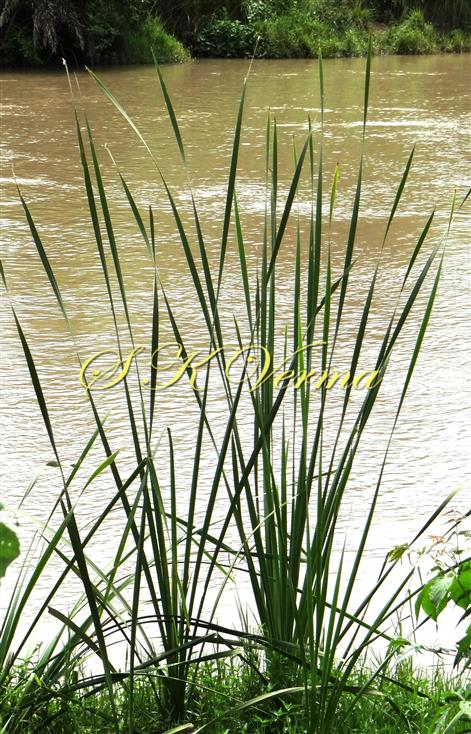
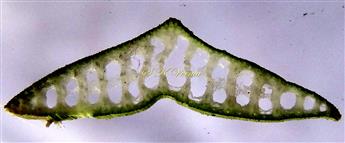


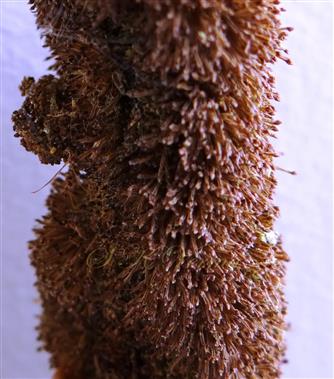
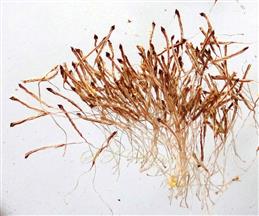
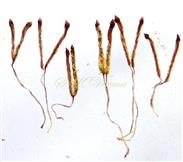

-DSC07335.jpg)



-DSC06766.jpg)
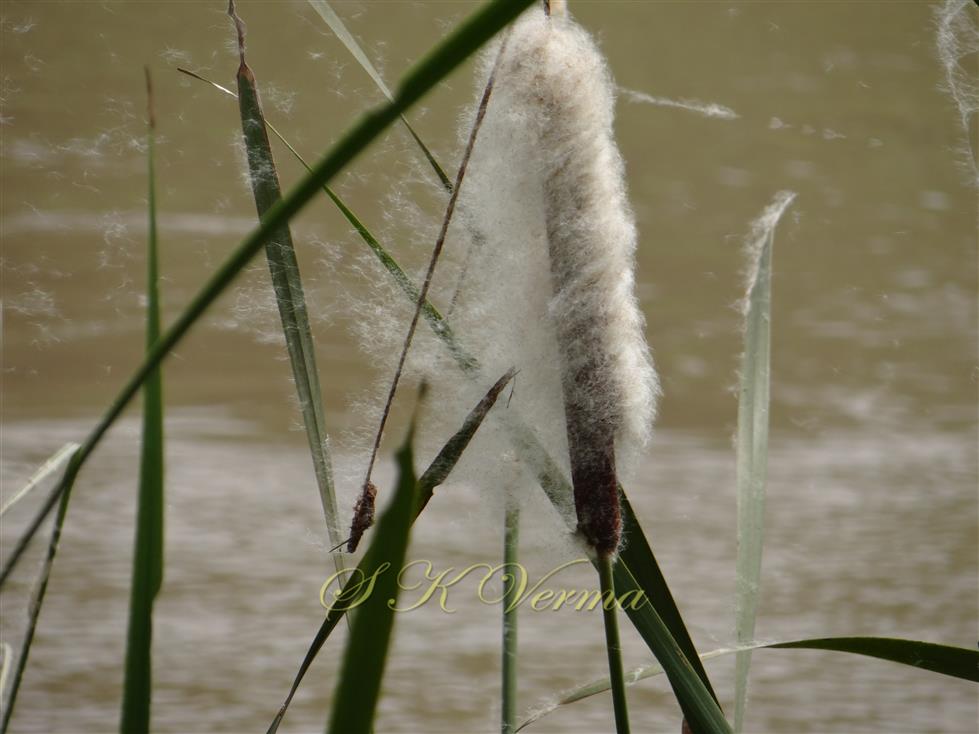
-DSC07295.jpg)
-DSC06423.jpg)









-DSC07335.jpg)

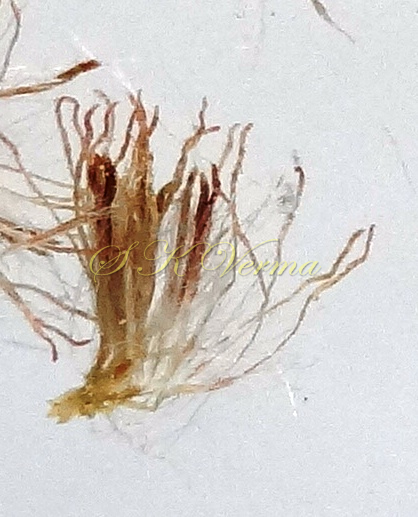

-DSC06766.jpg)

-DSC07295.jpg)
-DSC06423.jpg)